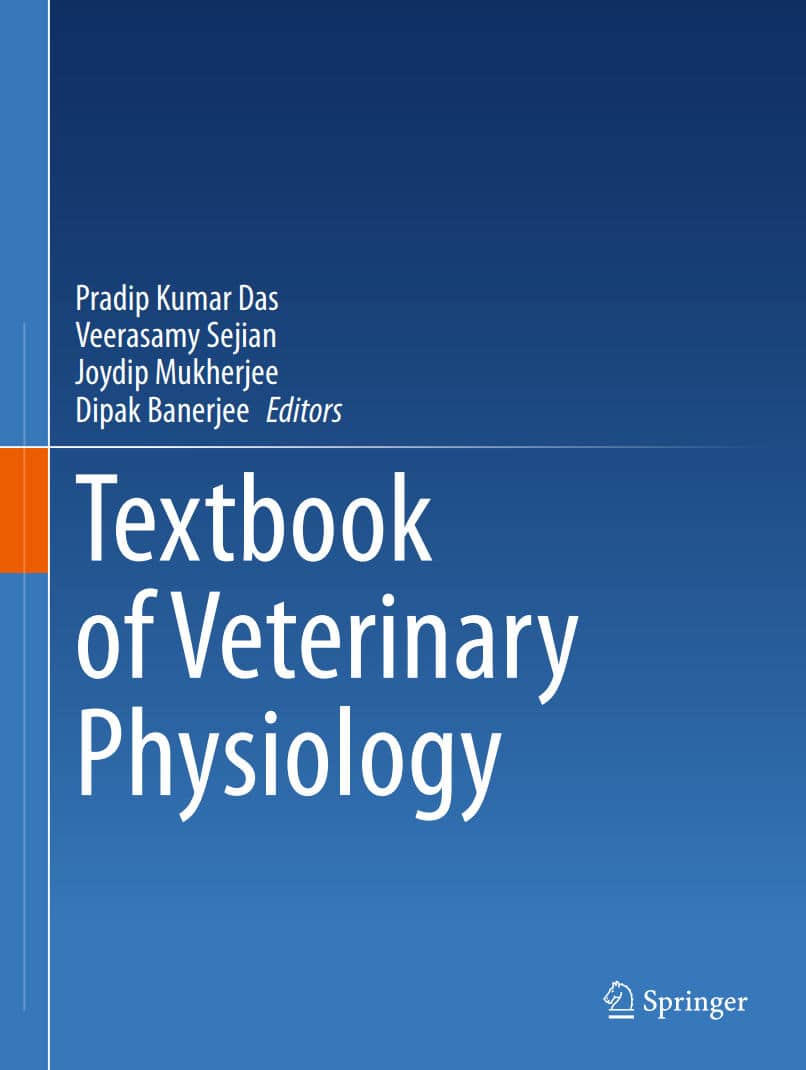
By Pradip Kumar Das, Veerasamy Sejian, Joydip Mukherjee and Dipak Banerjee
Textbook of Veterinary Physiology explores the fundamental qualitative and quantitative aspects of veterinary physiology. It presents the morphological description of the organs, tissues, and cells involved in the physiological system with species variation. The book provide the most up-to-date information and in depth knowledge in animal physiology. The book addresses a broad range of topics, including the physiology of digestion in, monogastric animals, ruminants, and birds, and cardio vascular and respiratory system in different animals. The chapters contain a wealth of information on the areas related to the endocrine system, excretory system, body fluid homeostasis, hematology, male and female reproductive systems, coordination of body functions, and regulation of brain functions and sense organs. Further, this book acquaints students with advanced topics like immune system, assisted reproductive technology, ovarian dynamics, environmental physiology and thermoregulation, and behavioral physiology. This textbook contains clear illustrations including graphical abstracts and study questions for each chaptermaking this book a valuable learning resource for veterinary sciences and veterinary medicine students.Further to attract students and create interest in them, interesting facts related to animal physiology have also been highlighted in form of “Know more widges”.
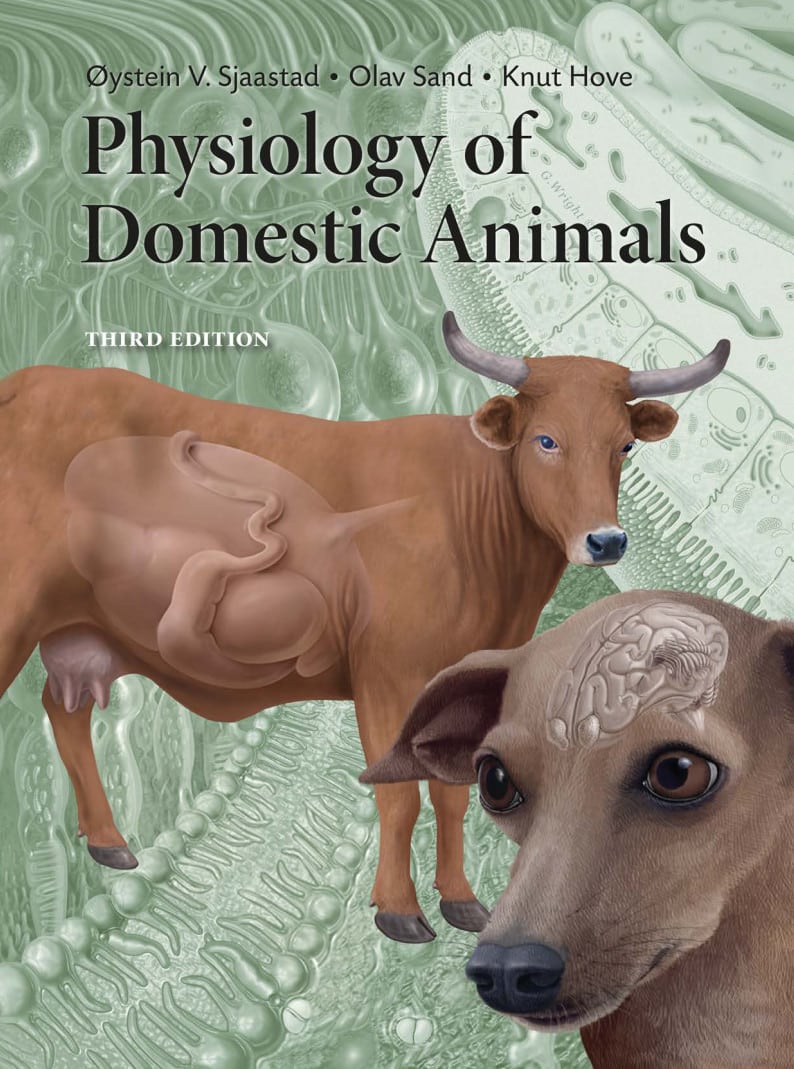
This Book is Available For Premium Members Only

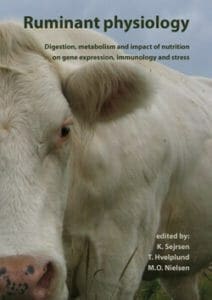

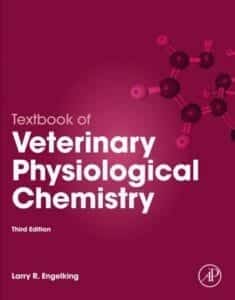
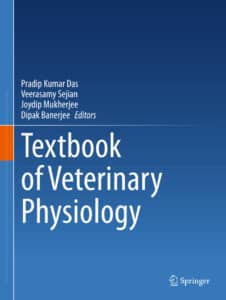
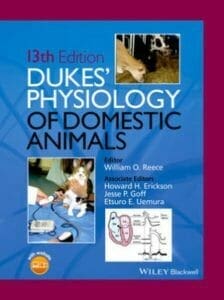
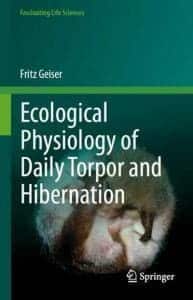
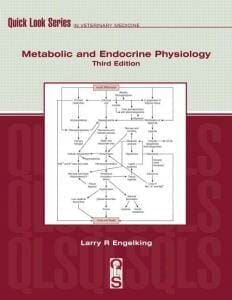
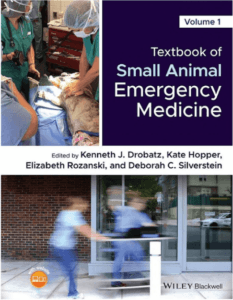




![Ettinger’s Textbook of Veterinary Internal Medicine 9th Edition [PDF+Videos] Ettinger’s Textbook of Veterinary Internal Medicine 9th Edition [True PDF+Videos]](https://www.vet-ebooks.com/wp-content/uploads/2024/10/ettingers-textbook-of-veterinary-internal-medicine-9th-edition-100x70.jpg)

![Textbook of Veterinary Diagnostic Radiology 8th Edition [PDF+Videos+Quizzes] Thrall’s Textbook of Veterinary Diagnostic Radiology, 8th edition PDF](https://www.vet-ebooks.com/wp-content/uploads/2019/09/textbook-of-veterinary-diagnostic-radiology-8th-edition-100x70.jpg)






